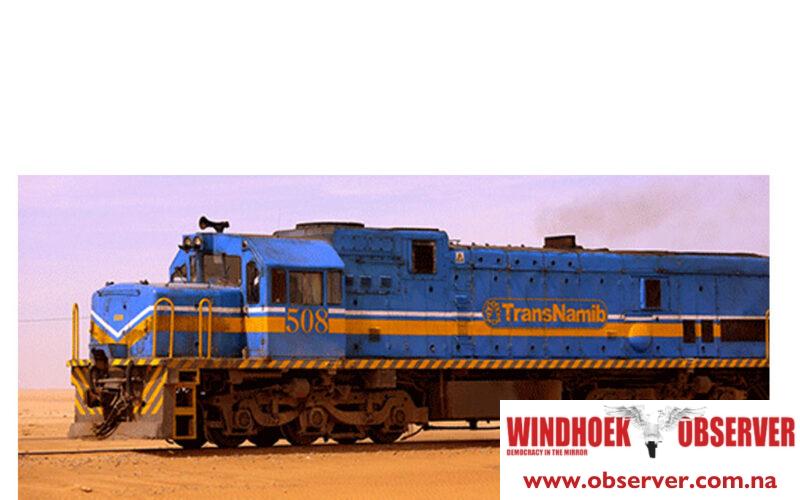Niël Terblanché
TransNamib, the national rail operator, is on the brink of acquiring a colossal N$2.6 billion loan that will significantly bolster Namibia’s rail infrastructure.
The Acting Chief Executive Officer of TransNamib, Webster Gonzo, announced the imminent agreement with the Development Bank of Southern Africa and the Development Bank of Namibia.
He added that the financial infusion marks a crucial moment in the modernization and expansion of the country’s railway system.
Gonzo elaborated on the intricate processes involved in securing such a substantial loan. “We have reached the final stages of the prerequisites for this funding. Key to this phase was appointing a lender technical advisor, essential for navigating the complexities of a N$2.6 billion loan,” Gonzo explained.
The culmination of these efforts will enable TransNamib to commence with the procurement of vital rail assets within the year.
A major portion of the loan will finance the acquisition of 25 new locomotives.
This strategic move aims to enhance TransNamib’s operational capacity, enabling the transportation of heavier cargo loads across Namibia’s extensive rail network.
Additionally, the procurement of 300 tank- and general cargo wagons is set to significantly improve the national transporter’s carrying capacity.
According to Gonzo, the entire process is being meticulously coordinated with the Procurement Board, the Ministry of Finance, and various banks to ensure a seamless and efficient execution of the project.
Addressing the frequent train derailments attributed to the current state of the railway infrastructure, Gonzo acknowledged the need for substantial renovations.
“It is imperative to invest in upgrading specific rail segments to support the diverse industries reliant on our network,” he stated.
The Ministry of Works, responsible for the rail infrastructure, has been identified as a key partner in achieving this goal.
John Mutorwa, the Minister of Works and Transport, echoed Gonzo’s sentiments, acknowledging the budgetary constraints faced in funding such expansive projects.
“If resources were more abundant, further investments in TransNamib would be a priority,” Mutorwa said.
Adding to the scope of rail development, Mutorwa highlighted the recent progress on the Trans Kalahari Railway project, a monumental undertaking set to link Botswana and Namibia.
The project, currently in the feasibility stage, envisages a 1,500-kilometre railway line stretching from Botswana’s Mmamabula coalfields to Namibia’s main port, Walvis Bay.
A pivotal workshop, that will also be attended by the transport minister from Botswana, is scheduled in Swakopmund in early February, marking a critical step in this ambitious cross-border initiative.
According to Gonzo, the loan will be a much-needed financial infusion for TransNamib and will be the start of a transformative era in Namibia’s transport sector, promising enhanced connectivity, increased cargo capacity, and a significant boost to the national economy through improved rail infrastructure.




